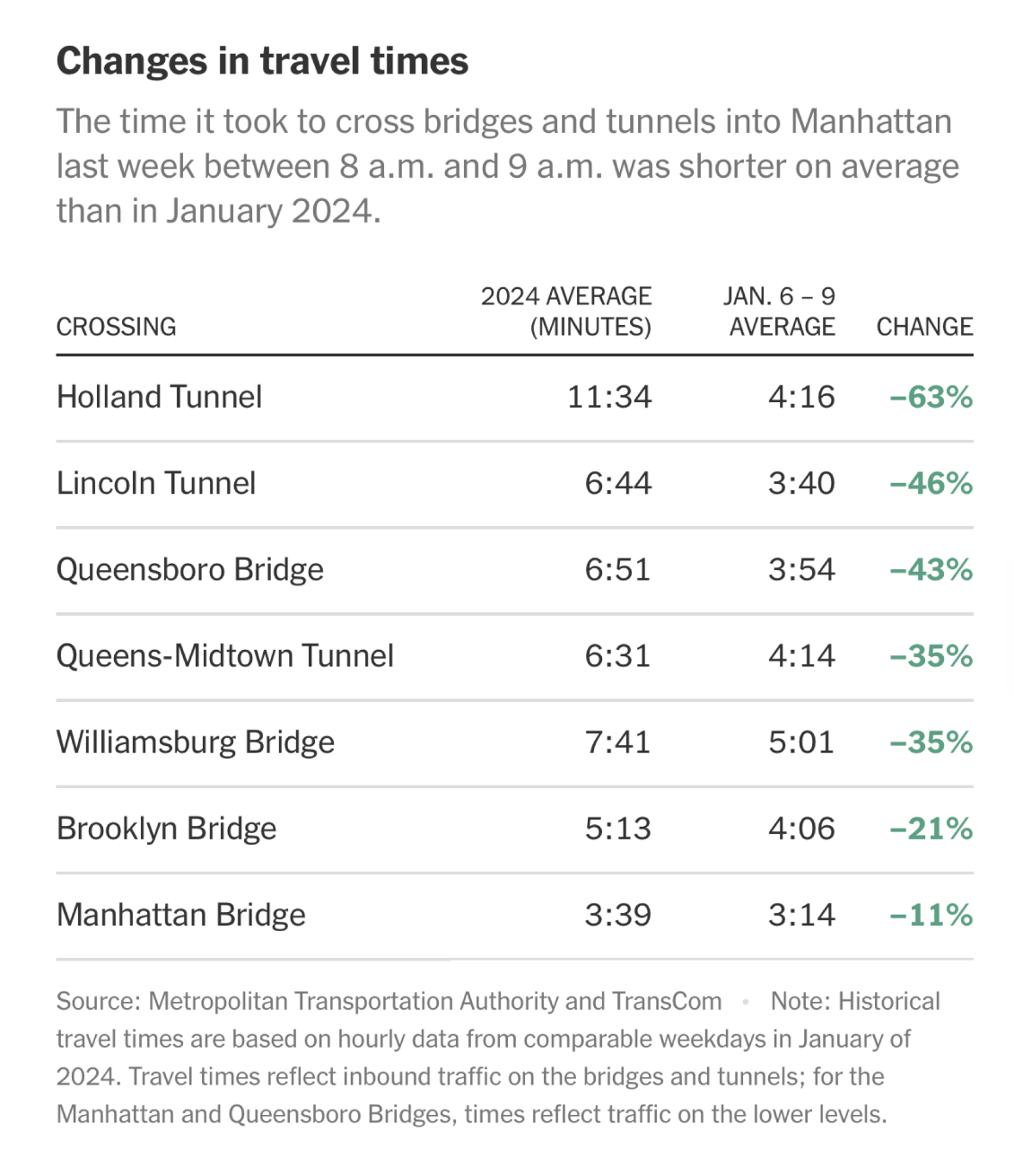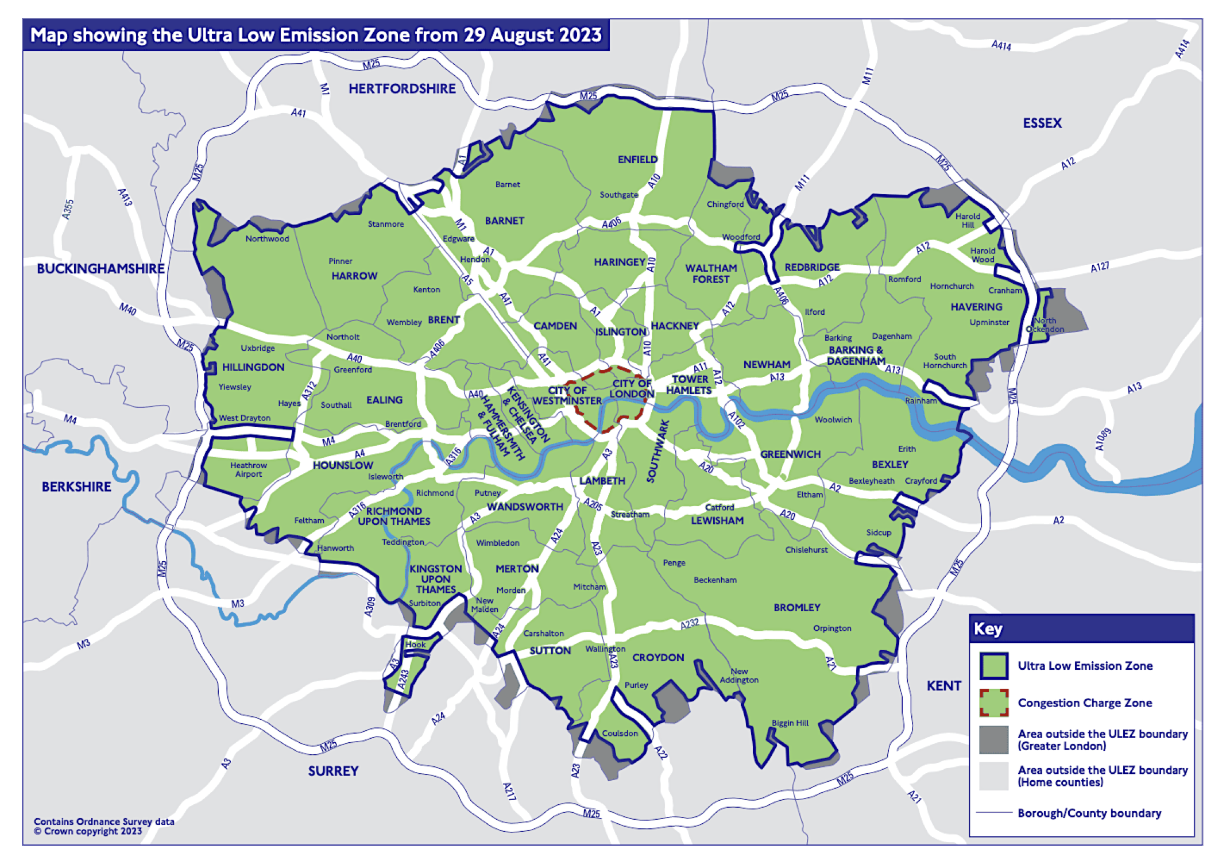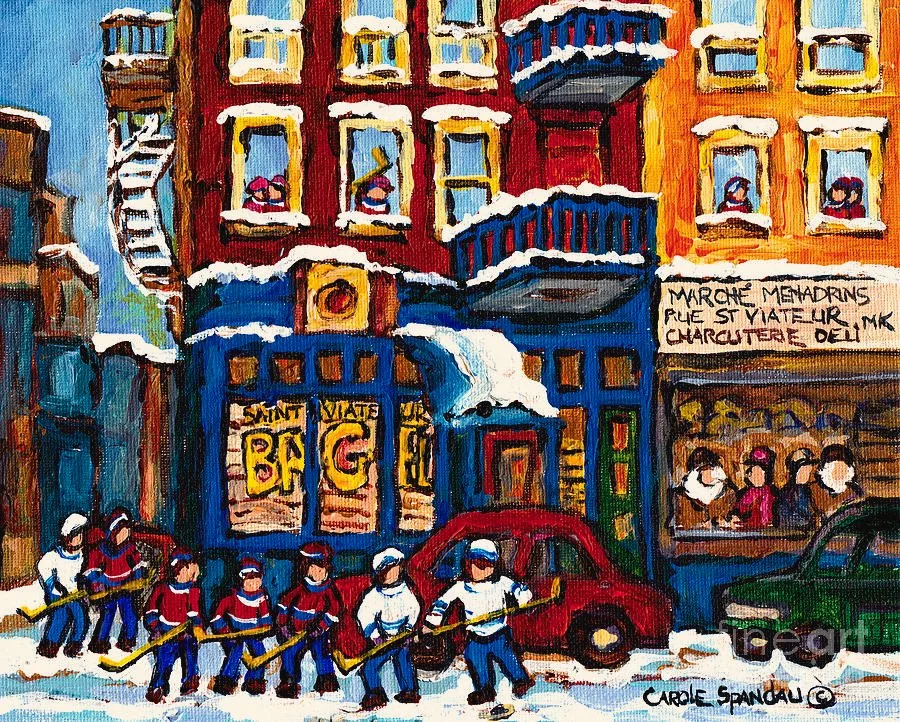Gord Jacobs’ Toronto Wish List
Dreaming of a better Toronto
This article is part of The G Spot, a weekly segment where criticista Gordistotle gives insight into the pop culture happenings of now through opinions or anecdotes on his life living in Toronto.
Video shot by Grant Spanier
Like Nicki Minaj, I have many aliases, Gordistotle (creative endeavours), Gordon Hanna (personal), Robert Hanna (professional), just to name a few—I’m taking this article to announce a new one. Gord Jacobs (urban planning), in honour of Toronto’s own Jane Jacobs—a leader and visionary in urban planning whose critiques have shaped the growth of cities like Toronto.
Urban planning is one of my special interests, and I pay quite close attention to the going-ons in Toronto. The city’s made large strides when it comes to developments—for example, it’s the #1 city in North America when it comes to skyscrapers under construction. Alright, Canada! New York City, eat your heart out.
Even if it’s a serve that we’re #1 for something that isn’t traffic wait times, Toronto’s hyper-fixation on skyscrapers needs to stop. Condos don’t foster friendly environments in the same way houses or even apartment complexes do. I’m all for densification in the central business district (which I’ll be referring to as CBD, a douchey urban planning way of saying downtown).
Why should you care about any of this? I mean, we all (for the most part, if you’re reading this and don’t- love the support, hi international readers!) live here. Why shouldn’t we care about it? Toronto’s in pursuit of world-class city status. I’ve been to cities like London and Barcelona, walked their streets and taken their metros. It’s safe to say Toronto has a long way to go, but it’s inching its way there.
To get it there a little faster, I have some suggestions. My goal is to make Toronto more pedestrian-friendly and overall more beautiful—not to be confused with the city beautiful movement, don’t get it twisted, I’m not a fascist.
Introducing Congestion Pricing in Toronto
The first of its kind in North America—New York City’s congestion pricing has already been a wild success in reducing gridlock. So much so that it has right-wingers fearmongering about the city going out of business. Cars driving around equals commerce and the flow of goods, right? All those New Jersey commuters suddenly found new jobs overnight.
Credit: NYTimes
So, I thought, hey, that’s a good idea. I hate cars, let’s introduce these tolls downtown! I’m not trying to win any votes—in my Toronto, I’m judge and jury. Commuters, get used to the Go Train or pay up.
Credit: London's transport department
I was inspired by London’s Ultra Low Emission Zone (ULEZ) and Congestion Charge Zone to come up with similar congestion pricing for Toronto.
The boundaries would go as follows:
CBD Pricing - Downtown Core Central Waterfront (Avenues Map as reference)
Congestion Pricing - Humber River - Waterfront - Warden - 401
Credit Of Original Image: City of Toronto
It’s not like I’m set out to bankrupt people. The congestion pricing’s main purpose is to incentivize commuters to take public transportation. Ideally, funds from the tolls would go towards building up stronger transportation networks. The more people pay to drive into the city, the more public transportation gets funded. As commuting habits change and more people use public transportation, more lines will be completed and implemented as ridership increases- thus funding more projects. You catching what I’m putting down? It benefits public transportation either way.
My pricing structure would go something like this:
CBD Pricing $2/km + Initial Congestion Price
Congestion Pricing - $10 per day
Of course, essential service vehicles, drivers with disabilities, delivery vehicles, school buses, government vehicles, and city-run taxis are exempt from congestion and CBD pricing.
And yes, Uber will have to eat the cost. They’re a private company, and it’s not like they’re employing the drivers YOU pseudo-employ (what a terrible and exploitative app). They’re a business, they’re supposed to solve problems like this. Hire a consultant from McKinsley for a million dollars or something, I don’t know.
As more residential skyscrapers are built, the number of people living in that km^2 will continue to increase. For example, say 10% (generous) of people in a new 600-unit downtown condo own a car (one person per unit, this is Toronto). Well, that’s 60 new cars on the roads downtown. According to UrbanToronto, there are almost 100 buildings (with new ones getting announced literally every other day) being built in what I’ve defined as Toronto’s CBD. Think of the few hundred cars being brought right into the heart of the city. It’s mind-boggling that there are people living downtown that have a car just to drive into Etobicoke. You actually deserve this $10 fee. Take the subway or Go Train!
No more coddling laziness–driving needs to be seen as an unattractive and financially unreasonable option. I’m not trying to take away anyone’s autonomy. Besides, who’s more free- you waiting in traffic screaming at the person in front of you, or me crossing the street while on the phone without a care in the world?
Improve Toronto’s Transit System
Are the Go Train and TTC seen as particularly positive entities in the average Torontonian’s mind? No. Ask anyone, and they’ll probably complain about both. For fair reason, as both companies fail to meet the needs of consumers quite regularly. Service delays, infrequent trips, and lack of GTA coverage are keeping our transit systems from being truly world-class.
A Go Train expansion with increased speed and frequency is (and should always be) at the top of Metrolinx’s priority list. Torontonians and the rest of the GTA need reliable services to incentivize them to stop driving.
Look at this gorgeous map of all the unbuilt regional rail created by WBMetro62. Like, really look at it for a while and sit with it.
Credit: @WBMetro62
Now would this ever happen, probably not (even if most of the rail infrastructure probably already exists). I mean, these were all proposed at one point, who’s to say they couldn’t be again? Alas, this is Toronto, not Tokyo- but we can dream, right? Look at that beautiful GTA coverage, a park, and ride at each station like wow, I’m gagging. Why can’t this be real, why!?
In conjunction with the glorious Go Train map, I tried to pick a fantasy subway map that seemed slightly based in reality- while I would love to have subways going on each of Toronto’s avenue streets—I thought this one was something Toronto would actually go through with.
Credit: Reddit
In this hypothetical, streetcars would still run on all their regular routes. In my ideal Toronto, you’d be able to reach any subway station in no longer than 10 minutes. Just like the Go Train, this subway network would have increased frequency and fewer slow zones (which is a current issue with the subway, can you believe). As new centres (Etobicoke, Vaughan, North York) continue to blossom outside the CBD, it’s essential to get people where they need to be. Why someone would live in Vaughan and work in say, Etobicoke, is beyond me, but they shouldn’t be punished for their weird decision. Line 1, to 6, to 7. It makes me foam at the mouth that this isn’t real.
Go Train and TTC expansions are key to getting cars off the roads and contributing to a beautiful, pedestrian-friendly city. Unfortunately, Toronto’s transit infrastructure is currently way behind the likes of New York City and London, cities that have had success with congestion pricing. People need alternatives, and that alternative is transit. Toronto is still playing catch-up, but give it time, and it’ll be unstoppable.
Solving Toronto’s Housing Crisis
The most controversial issue I’m tackling is housing. There are many different solutions to a housing shortage, and none of the answers are particularly right or wrong. What I’m setting out to do is create corridors of densification, which the city is somewhat already doing. The city’s blanket solution to the housing crisis has been sky-high skyscrapers like; “One Yonge”, “The One”, and “Forma”. While these are cool, I guess (albeit unnecessarily tall, what’s with the dick-measuring competition), are they really the answer?
I’ll say it, I’m personally exhausted with McSkyscrapers.
Keep it to the CBD. Not that what goes on at Vaughan really concerns me, but I’ve seen plans to create a block of skyscrapers right at the 400 & 407.
Where are the parks? Where are the amenities? What is there to do here? Why does this exist? It’s split in the middle by the widest highway in North America, are we building a pedestrian bridge between? Who approved this? I'm crying.
This is the Toronto mindset, density, density, density. Squeeze as many people as humanly possible into one bedroom-laden condo. Besides, the earlier 10% estimate of units owning cars skyrockets the further one is from the CBD. Just imagine how many cars this development is adding to the city... Yay… We want more mid-rise mixed-use density the way Jane Jacobs intended.
Densification on transit corridors is the standard- however- Toronto has decided that said densification exclusively means massive residential skyscrapers. I’d like to see someone combat this mindset. Smallpoorly built condos don’t particularly foster community, nor give much room for people to start families (We want to fix the population crisis right?). Do these skyscraper blocks make sense at the intersection of subway lines, of course, but why do developers insist on such hostile layouts?
Enough with the faux one-bedroom, that’s a studio with a glass partition. High-rise density has its place in the CBD, but it’s not like the Danforth needs to be converted into 9km of soulless skyscrapers. There is something to say about the lack of charm skyscrapers have compared to mid-rise mixed-use buildings. Ripping up historic neighbourhoods isn’t the answer to the housing shortage. Cities naturally evolve–it’s not a speedrunning competition. Give the Danforth some time to develop, we don’t need to force it.
In reference to the centres defined by the Toronto Official Plan, they need some help. If you’ve been to any of them, it’s essentially a line of skyscrapers with the next street over being a single-family home. Look at North York, God never intended for anything to look like this, ever. An addition of like, several dozen mixed-use mid-rise buildings to compliment the skyscrapers? Really, anything to ease that steep decline, I just know those wind tunnels are lethal.
With more businesses popping up in North York, fewer residents will need to drive into Toronto, achieving our ultimate goal of less congestion. Like other major cities, creating multiple hubs across Toronto is the key to spreading density, not everyone needs to be working and living downtown.
Toronto is the economic hub of Canada, if you build mixed-use, especially in desirable neighbourhoods, the business will come to fill the anchor spots. (Just hopefully it won’t be a dispensary, I really think we can go without those going forward, sorry). Restaurants, boutiques, cafes, convenience stores, you name it. The more variety the better. Communities built with quick access to all amenities, and then some, are pedestrian paradises.
Let’s take inspiration from Montreal, desirable areas like the Plateau are lined with housing built to host multiple units. No, basement units are not and will never be the solution to Toronto’s housing crisis. If Toronto could take avenue streets like Bloor and upgrade some of the two-story walk-ups or parking lots to, say, 4-6-floor buildings, well now we have increased density while keeping the boutique living Bloor is known for intact. Now imagine that done to every avenue, repurposing abandoned buildings into flourishing apartments that people actually want to live in.
Credit: The Upshot
The issue is, similar to New York, Toronto’s zoning laws have changed many times since the historic mixed-use buildings were erected. Gone are the days when a convenience store could be built at the intersection of two SFH streets. If Toronto wants to pioneer, zoning laws have to be mended. NIMBYs be damned.
Toronto’s Street Design
I’ll say it, compared to our fellow Canadian cities, Toronto severely lacks green space. In conjunction with the increased usage in transit (after all the Go Train and TTC upgrades I’ve made) there’d be little use for parking lots downtown. The goal was to get cars off the road, and ideally, we succeeded. So let’s convert these into parks, gardens, or even new buildings. Parking lots have no place downtown. Park and ride exist, my dear, find the closest Go Station and plan ahead.
What I’d honestly love is for some of the residential side streets to be transformed into mixed-use residential like Rue Saint-Viateur in Montreal. It’s a gorgeous and relatively smaller- but still bustling- street, similar to Shaw St. near Ossington, but Saint-Viateur actually has stuff to do on it. If Toronto had streets like this running parallel to the Avenue streets- it would tackle density, business, and overall quality of life, without the need for massive skyscrapers!
Painting by Carole Spandau
With more mixed-use streets it’s a necessity that they have wider sidewalks, think of all the potential foot traffic lost because it’s too narrow! Toronto’s sidewalks are incredibly narrow, even in its world-renowned tourist spots. Why am I falling off the sidewalk trying to pass people in Kensington Market? Hello—a car almost hit me!? Wider sidewalks contribute to a better pedestrian experience, incentivizing people to drive less and instead enjoy their days off strolling local promenades, and shopping while they do it.
This leads us to the overall need for pedestrianization in the city. Again, taken from Montreal, they’ve been converting Mont-Royal Avenue into a pedestrian paradise each summer since the pandemic, and it’s been a smashing success. I don’t think Toronto should limit pedestrianization to just the summer, our winters are much less harsh, let’s make this a year-round thing. No more fighting cars while crossing Ossington. I have to keep up appearances, how will I come off as nonchalant if I have to look both ways before crossing?
There are many areas that I’d want to see fully pedestrianized- the Ossington strip, Kensington Market, Church St (gay village), the stretch with all the stores on Queen West, the stretch where Dundas West fest is held, the King West nightlife stretch- really, the list could keep going. Toronto’s kind of fabulous actually, and this is just the west end.
Conclusion
The Gord Jacobs project is truly just—wishful thinking. I do hope to see some of this implemented within my lifetime. If I’m being optimistic, maybe even all of it. There are people, many actually, who share the same sentiments as me and want Toronto to be a great city. I want it to reach the renown of other global cities. We are the largest city in Canada, let’s keep working towards being the best too.









